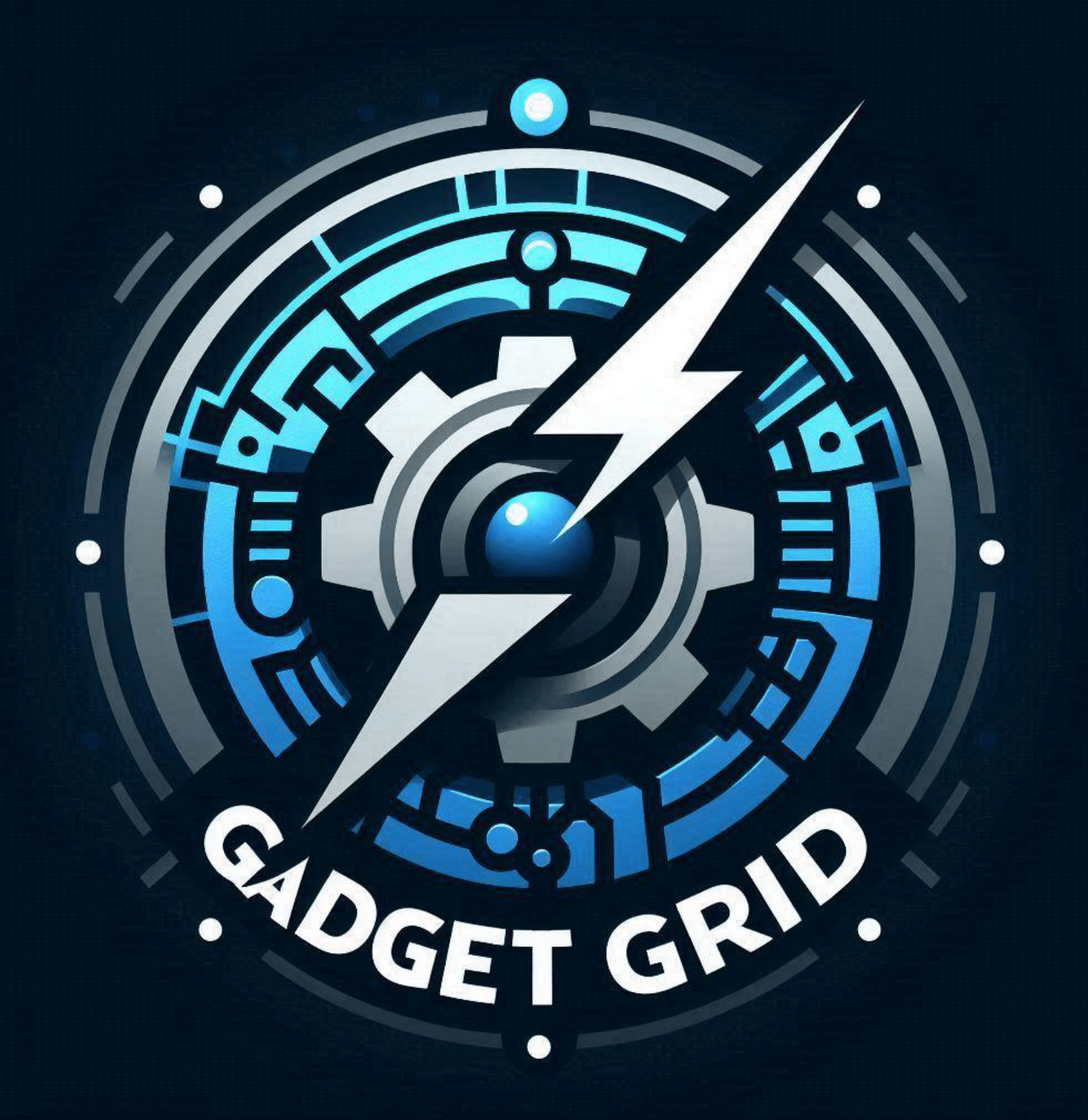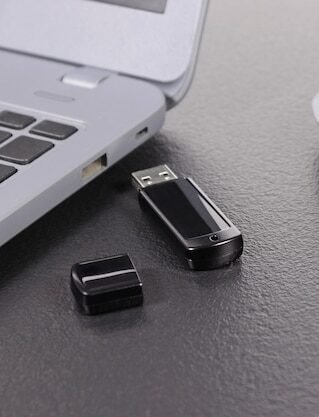USB Hub
A computer USB hub is a device that expands a single USB port into multiple ports, allowing multiple USB devices to connect to a computer simultaneously. It’s incredibly useful in scenarios where your computer or laptop has limited USB ports but you need to connect several peripherals.
Description
Common Uses for a USB Hub
- Connecting Multiple Devices: Ideal for connecting several devices, like keyboards, mice, printers, external drives, and flash drives, without unplugging one to make room for another.
- Data Transfer: USB hubs allow simultaneous data transfers, making it easier to copy files between devices, sync mobile devices, or back up data from multiple USB drives at once.
- Charging Devices: Many USB hubs (especially powered ones) allow you to charge smartphones, tablets, and other USB-powered devices, even if the computer is off.
- Expanding Laptops and Tablets: Useful for compact laptops or tablets that may only have one or two USB ports, allowing users to connect multiple accessories without the need for a full docking station.
- Organizing Workspaces: A hub can centralize USB connections, minimizing cable clutter on your desk and simplifying the process of connecting and disconnecting devices.
Types of USB Hubs
- Powered USB Hubs: Use an external power source, ideal for high-power devices like external hard drives or for charging multiple devices simultaneously.
- Unpowered USB Hubs: Draw power directly from the connected computer and are suitable for low-power devices like keyboards and mice.
- USB-C Hubs: Provide a versatile option for devices with USB-C ports and can include various port types (USB-A, HDMI, SD card slots) for additional compatibility.
Important Considerations
- USB Version: Choose hubs with USB 3.0 or USB 3.1 for faster data transfer speeds, especially if you’re working with large files or high-speed devices.
- Power Needs: If you’re using power-hungry devices, a powered USB hub will prevent issues with devices not receiving enough power.
- Port Count: Match the number of ports on the hub to the number of devices you regularly use.







Reviews
There are no reviews yet.